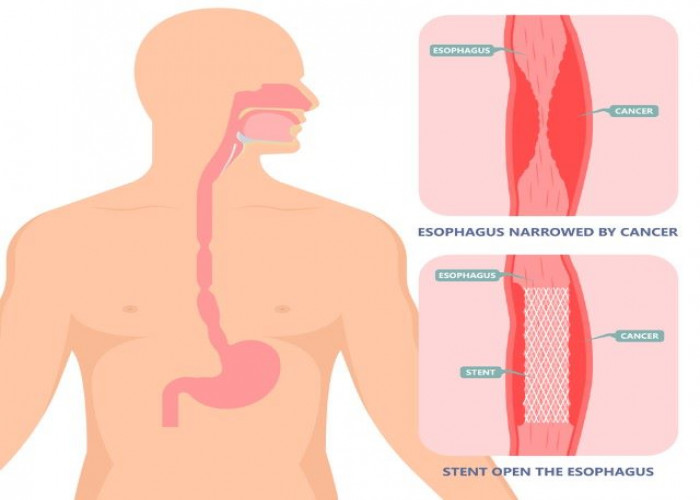 Welcome
Welcome
“May all be happy, may all be healed, may all be at peace and may no one ever suffer."
Epiglottitis

Epiglottitis is a potentially life-threatening condition in which the epiglottis, a flap of tissue at the base of the tongue that prevents food and liquid from entering the trachea (windpipe), becomes swollen and obstructs the airway. Epiglottitis is most commonly caused by a bacterial infection, but can also be caused by a virus or other irritants.
Symptoms of epiglottitis can include difficulty breathing, high fever, a muffled or hoarse voice, difficulty swallowing, drooling, and leaning forward in a tripod position to help breathe. These symptoms can develop rapidly and may require emergency medical attention.
Diagnosis of epiglottitis is typically based on clinical symptoms and examination, although imaging studies may also be used to confirm the diagnosis. Treatment of epiglottitis involves securing the airway through intubation or tracheostomy, and administering antibiotics to treat the underlying infection.
Prevention of epiglottitis includes vaccination against the bacteria that most commonly cause the condition, Haemophilus influenzae type B (Hib). The Hib vaccine is part of routine childhood immunizations. It is important to recognize the symptoms of epiglottitis and seek prompt medical attention if they develop, as early treatment is essential to prevent serious complications.
Research Papers
Disease Signs and Symptoms
- Fever
- Sore throat
- Irregular breathing
- Swollen (Edema)
- Anxiety
- Hoarse voice
- Abnormal, high-pitched sound when breathing in (stridor)
Disease Causes
Epiglottitis
Epiglottitis is caused by an infection or an injury.
Infection
In the past, a common cause of swelling and inflammation of the epiglottis and surrounding tissues was infection with Haemophilus influenzae type b (Hib) bacteria. Hib is responsible for a number of serious conditions, the most common of which is meningitis. Hib is now much less common in developed countries due to Hib immunization in children.
Hib spreads through infected droplets coughed or sneezed into the air. It's possible to harbor Hib in your nose and throat without becoming sick — though you still can spread the bacteria to others.
In adults, other bacteria and viruses also can cause inflammation of the epiglottis, including:
- Streptococcus pneumoniae (pneumococcus), another bacterium that can cause meningitis, pneumonia, ear infection and blood infection (septicemia)
- Streptococcus A, B and C, a group of bacteria that can cause diseases ranging from strep throat to blood infection
- Staphylococcus aureus, a bacterium that causes skin infections and other diseases including pneumonia and toxic shock syndrome
Injury
Physical injury, such as a direct blow to the throat, can cause epiglottitis. So can burns from drinking very hot or caustic liquids.
You also may develop signs and symptoms similar to those of epiglottitis if you:
- Swallow a chemical that burns your throat
- Swallow a foreign object
- Smoke drugs, such as crack cocaine
Disease Prevents
Epiglottitis
Hib vaccine
Immunization with the Hib vaccine is an effective way to prevent epiglottitis caused by Hib. In the United States, children usually receive the vaccine in three or four doses:
- At 2 months
- At 4 months
- At 6 months if your child is being given the four-dose vaccine
- At 12 to 15 months
The Hib vaccine is generally not given to children older than age 5 or to adults because they're less likely to develop Hib infection. But the Centers for Disease Control and Prevention recommends the vaccine for older children and adults whose immune systems have been weakened by:
- Sickle cell disease
- HIV/AIDS
- Spleen removal
- Chemotherapy
- Medications to prevent rejection of organ or bone marrow transplants
Vaccine side effects
- Allergic reaction. Seek immediate medical help if you have an allergic reaction. Though rare, an allergic reaction may cause difficulty breathing, wheezing, hives, weakness, a rapid heartbeat or dizziness within minutes or a few hours after the shot.
- Possible mild side effects. These include redness, warmth, swelling or pain at the injection site, and a fever.
Commonsense precautions
Of course, the Hib vaccine doesn't offer guarantees. Vaccinated children have been known to develop epiglottitis — and other germs can cause epiglottitis, too. That's where commonsense precautions come in:
- Don't share personal items.
- Wash your hands frequently.
- Use an alcohol-based hand sanitizer if soap and water aren't available.
Disease Treatments
Treatment of epiglottitis involves first making sure you or your child can breathe, and then treating any identified infection.
Helping you breathe
The first priority in treating epiglottitis is ensuring that you or your child is receiving enough air. This may mean:
- Wearing a mask. The mask delivers oxygen to the lungs.
- Having a breathing tube placed into the windpipe through the nose or mouth (intubation). The tube must remain in place until the swelling in your or your child's throat has decreased — sometimes for several days.
- Inserting a needle into the trachea (needle cricothyroidotomy). In extreme cases or if more-conservative measures fail, the doctor may need to create an emergency airway by inserting a needle directly into an area of cartilage in your or your child's trachea. This procedure allows air into the lungs while bypassing the larynx.
Treating infection
If your epiglottitis is related to an infection, you will be given intravenous antibiotics.
- Broad-spectrum antibiotic. The infection needs quick treatment. So you or your child will likely receive a broad-spectrum drug right away, rather than after your doctor receives the results of the blood and tissue cultures.
- More-targeted antibiotic. The initial drug may be changed later, depending on what's causing the epiglottitis.
Disease Diagnoses
Disease Allopathic Generics
Disease Ayurvedic Generics
Disease Homeopathic Generics
Disease yoga
Epiglottitis and Learn More about Diseases

C. difficile infection
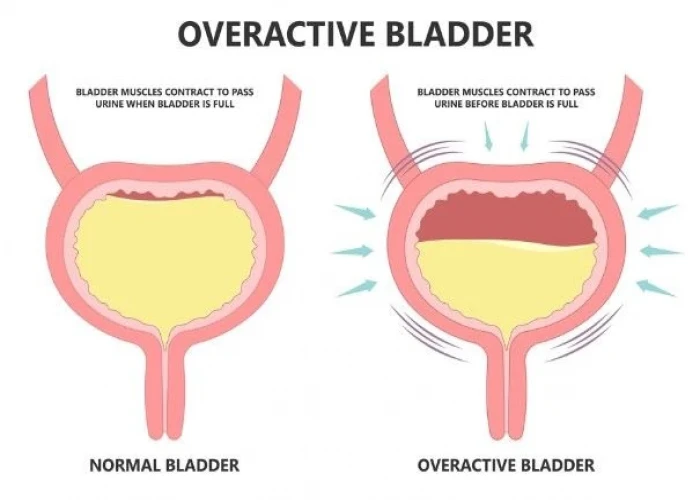
Overactive bladder
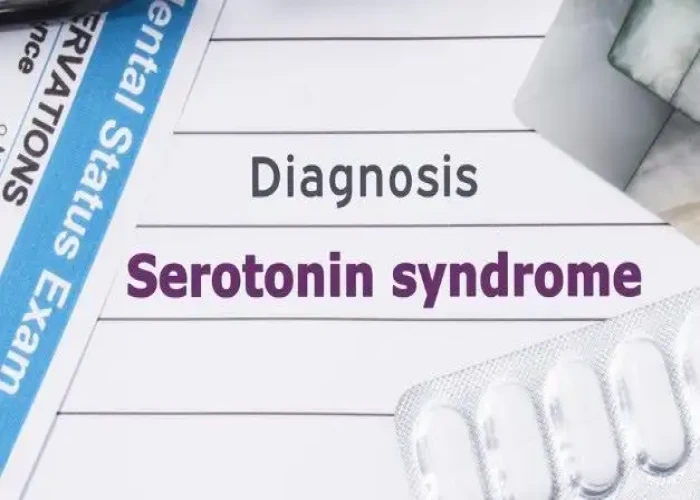
Serotonin syndrome
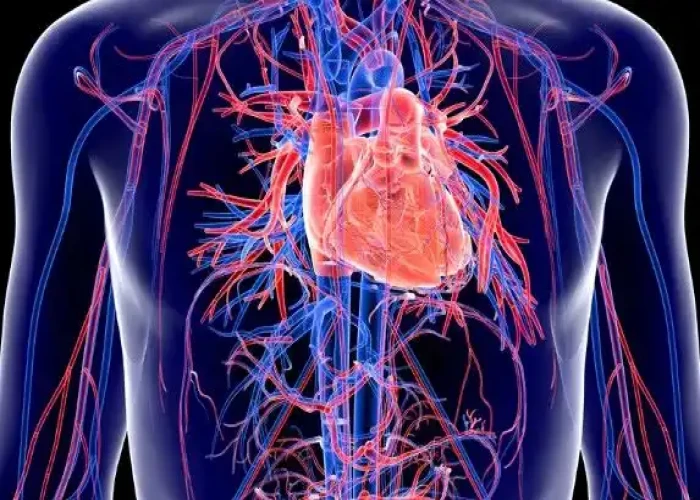
Transposition of the great arteries
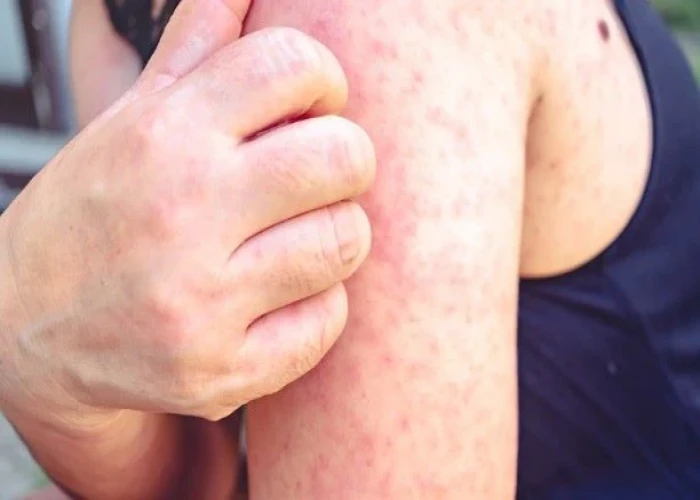
Kawasaki disease

Hypothermia
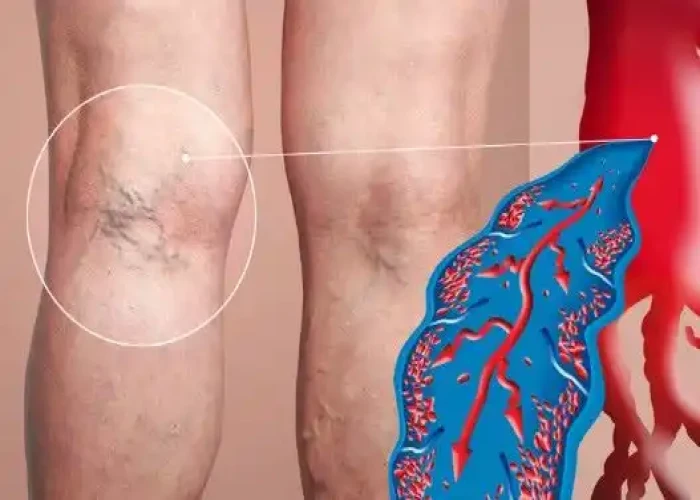
Varicose veins
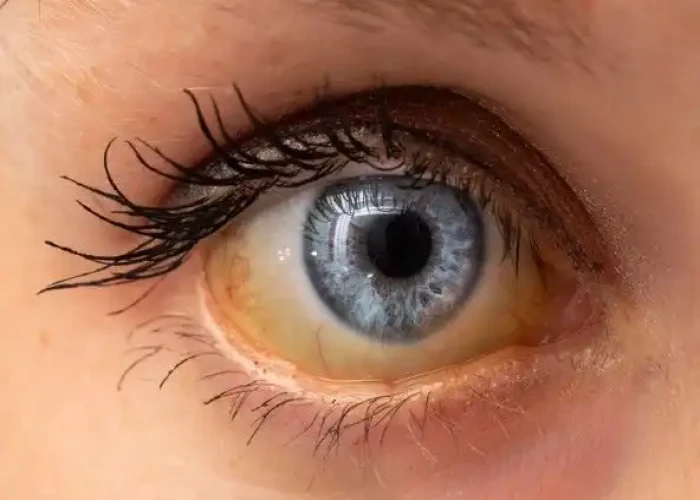
Yellow fever
epiglottitis, এপিগ্লোটাইটিস
To be happy, beautiful, healthy, wealthy, hale and long-lived stay with DM3S.
